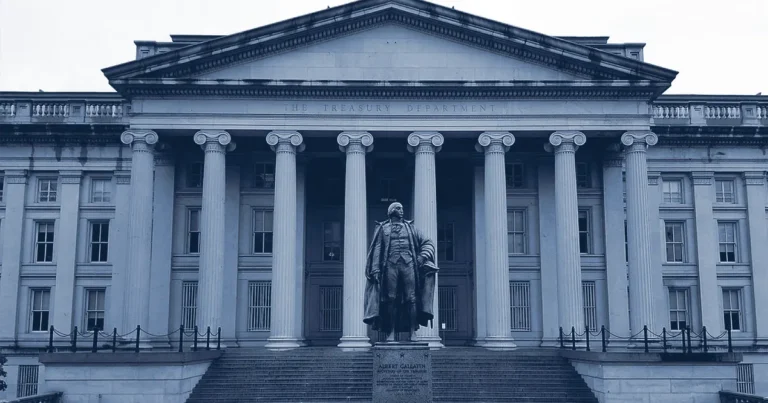1-5-2025 – The US Treasury has projected a substantial expansion of the stablecoin market, predominantly dollar-pegged, to reach $2 trillion by 2028, contingent upon supportive regulatory frameworks.
In a groundbreaking acknowledgement, stablecoins have been recognised as an emerging payment infrastructure and a significant driver of treasury bill demand. However, the Treasury raised concerns about yield-generating stablecoins potentially challenging traditional banking deposits.
Transaction volumes in the stablecoin sector reached unprecedented levels this April, recording $1.82 trillion in activity. The market, currently valued at $239 billion, has caught the attention of traditional banking institutions amidst growing regulatory discussions in the United States.
Venture capital firm a16z likens stablecoins to a transformative ‘WhatsApp moment’ for financial transactions, noting their increasing adoption beyond cryptocurrency speculation, particularly in cross-border payments.
MEXC’s Chief Operating Officer, Tracy Jin, suggests a correlation between stablecoin market growth and Bitcoin performance. According to Jin’s analysis, each billion-dollar increase in stablecoins typically corresponds to an 8-10% uptick in Bitcoin’s value.
However, recent market data presents a more nuanced picture. Despite significant growth in leading stablecoins – Tether (USDT) expanding from $137 billion to $148 billion and Circle’s USDC surging from $43 billion to $62 billion between January and April 2025 – Bitcoin’s year-to-date performance showed only a modest 1.7% increase.
The sector’s expansion, spearheaded by USDT and USDC, appears to be driven by diverse use cases beyond cryptocurrency trading. This evolution suggests a broader transformation in global financial infrastructure, potentially reshaping traditional payment systems and international money transfers.


